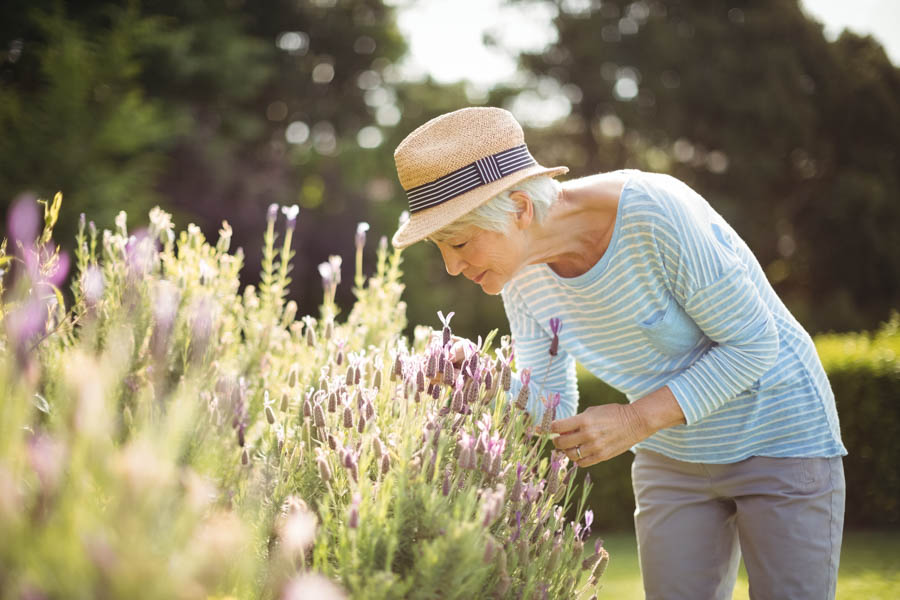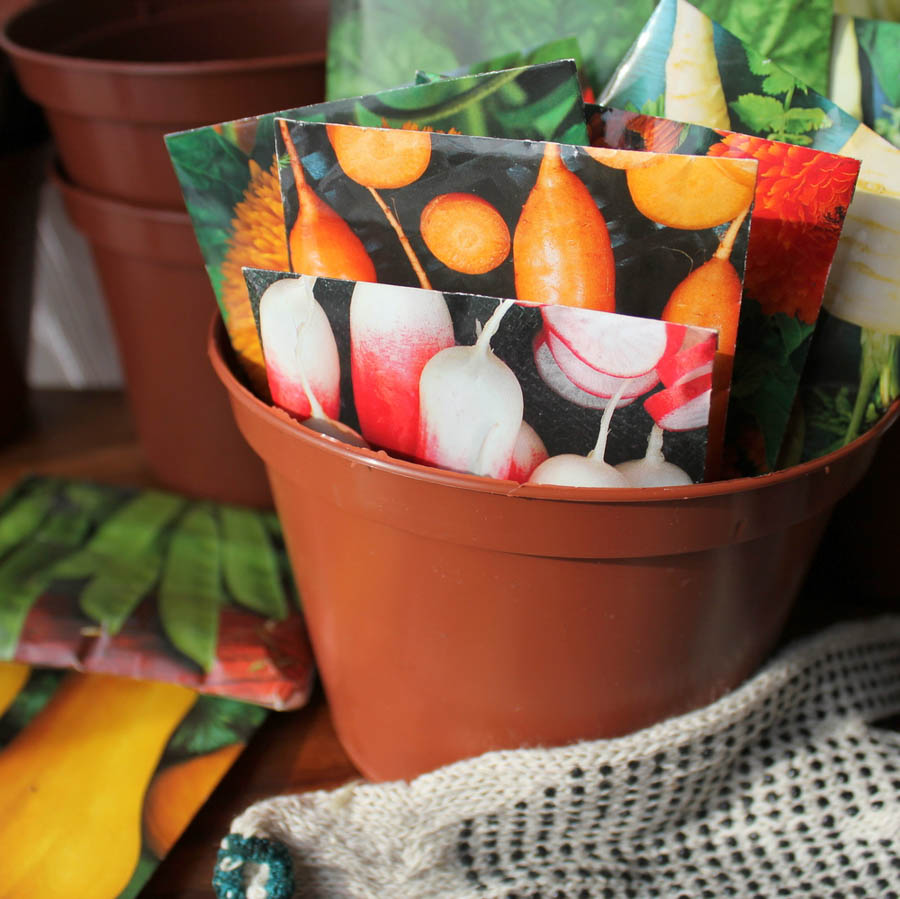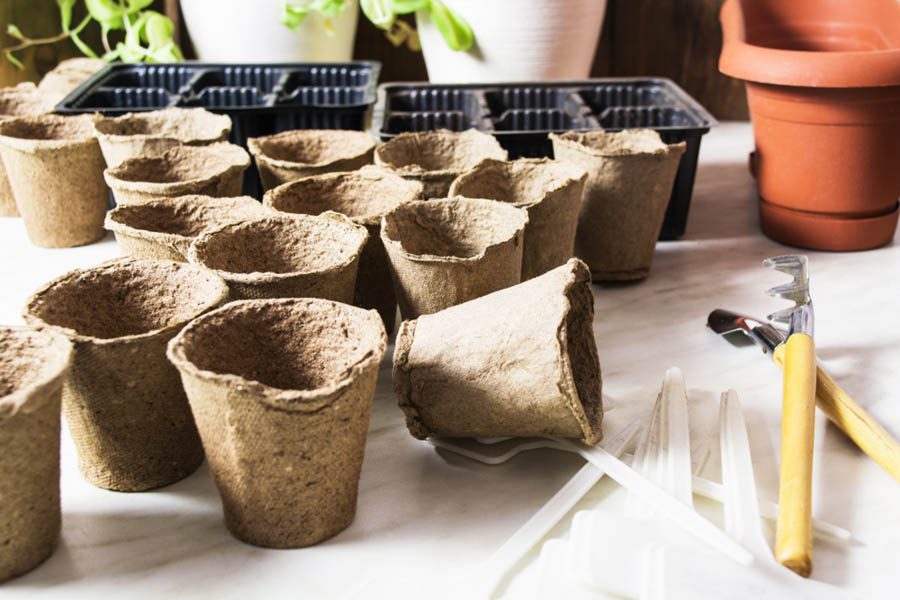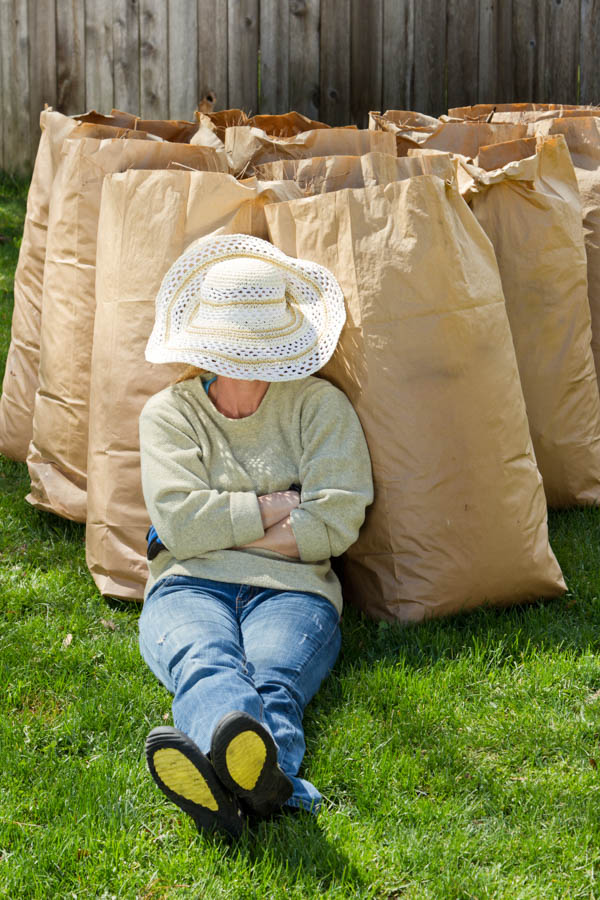Planning for New Vegetable Gardens: Timing
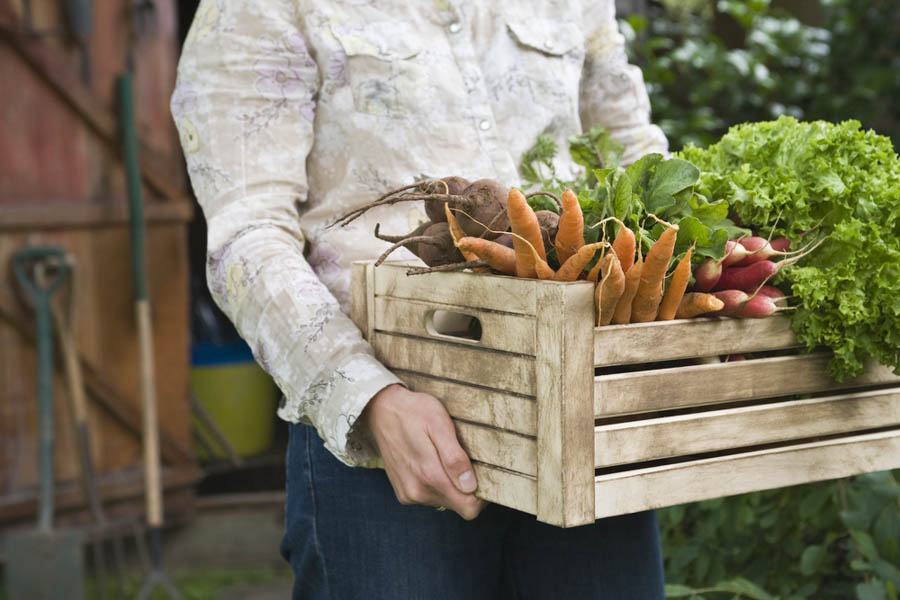
GardenZeus receives commissions for purchases made through links in this post. There is no additional cost to you.
Planning for New Vegetable Gardens: Part 3: Timing
This is the 3rd in a series of articles offering advice and solutions for common challenges when starting a garden in California. See below for links to other articles in the series.
Home gardening is one of the safest and most-rewarding activities during the COVID-19 pandemic. See the GardenZeus blog page for helpful articles.
Timing is Almost Everything
- After decades of gardening, I’m convinced that intuitive recognition of environmental conditions and patterns, and experience with the “feel” of successful timing in a given season, climate, and area is as important or more important than fact-based knowledge or anything that can be learned from research.
- There may be a narrow window during which a gardening method or planting plan will succeed. The exact same actions and care at any other time or with inexpert timing may result in avoidable problems or crop failure. Are you making basic gardening mistakes or just not paying sufficient attention to proper timing?
Timing Based on Facts
- There are two main categories of timing that support successful vegetable gardening. Learn the first category, fact-based timing, through reading or research. This category includes understanding your climate and seasons, germination needs for different vegetable seeds, and temperature ranges that various plants need to thrive.
- Know the temperatures and requirements for germinating seeds. Many seeds without hard shells, including peas and corn, will rot if they remain moist during weather that’s too cold for germination.
- Harvest period is important! When planning for seasonal timing, allow enough time for a vegetable’s full harvest period. There’s nothing more disappointing than timing your planting so that harvest begins just as hot weather or other unfavorable seasonal conditions arrive, and losing what might have been weeks or even months of harvest after doing the work to grow a garden.
Timing Based on Intuition and Experience
- The second category of timing is based on intuition and experience. Unusual chill or humidity may indicate to the seasoned gardener that it’s best to wait days or a week to start a warm-season crop outdoors, or that there might still be time to succeed with a cold-season crop despite missed seasonal windows. The growth or blooming of native plants and ornamentals may give insight into seasonal conditions, or the behavior of insects and emergence of insect pests may suggest greater challenges with some crops or that planting windows have opened or closed.
- Everything from seed-germination time to length of harvest period varies among vegetables. Starting seeds for all your veggies at the same time or planting everything at the same time may not lead to success.
- Veggies have a rapid growth period after germination that if interrupted will often lead to small or stunted plants and poor harvest. Avoid keeping seedlings in pots, cells, or transplant media so long that roots reach the bottoms or sides of the limited growing space. Many vegetables may be irreparably harmed if they aren’t transplanted with proper timing, which in some case may mean a maximum of days to a week or two after germination and before transplanting. See The GardenZeus Guide to Buying Vegetable Seedlings.
- Timing for harvest is critical. Harvesting veggies too early or too late will reduce harvest quality. Harvesting veggie fruits (anything with seeds) is especially important to encourage greater yield, as vegetable plants often delay producing more fruits while maturing seeds in existing fruits.
Make A Written Plan
- For most gardeners who are planting more than two or three crops, I recommend an organized, written gardening plan for the best results. List the plants you want to grow, seed-germination times, time to grow plants to maturity, and harvest periods. Note the seasonal window for each crop based on approximate arrival of hot or cold weather, then plan backward to determine when seeds should be started. If you’re growing several crops, this will naturally result in multiple staggered planting periods.
- Are you planning to save seeds? An organized plan based on knowledge of seasonality will give you the best chance for success. Understand the seasonal length needed to grow to seed, which may be weeks to months longer than growing for edible harvest.
Use your computer or laptop
Don’t Be Overwhelmed
- Organic gardening involves building relationships with nature, soil, and plants. In my experience, successful gardening is more like maintaining a long-term friendship or relationship with a loved one than it is like repairing a house or building a shed. You can’t necessarily predict from day-to-day what shifts or problem-solving will be needed.
- Timing is important for almost all gardening tasks, from watering to weeding, and for everything from trellising to mulching and fertilizing. For new and inexperienced gardeners, it’s often best to think about timing with every task or gardening need.
- The best gardeners are aware of the natural and living processes that allow plants to thrive, and they respond intuitively day-by-day or minute-to-minute to what’s occurring in the garden.
And Remember
- Gardening is an adventure, an unpredictable interaction with life and the forces affecting life that allow plants to thrive or that harm them. Timing that once seemed complex and daunting can become almost effortless when a gardener observes carefully, views mistakes as opportunities for learning, has patience, and respects nature and the garden as something that can’t be forced.
Other articles offering advice and solutions for common challenges when starting a garden in California:
Part 4: Introduction to Soil Toxicity
Part 5: Common Causes of Soil Toxicity
Part 6: Introduction to Soil Compaction
Part 7: Decompact Soil Quickly
Future installments include:
Part 9: Introduction to Soil Alkalinity
Part 10: Managing Soil Alkalinity
Part 11: introduction to Soil Fertility
Part 12: Watering
Part 13: Pest and Pet Exclusion
Part 14: Minimizing Pest Insects
GardenZeus has plenty of information to help you get started growing fruits and vegetables. To receive customized growing information for your area, click here.
Want to start a raised garden bed? It is easy to get started with a kit:
Articles of interest for novice gardeners include:
How to Choose the Best Seeds for California Gardens
The GardenZeus Guide to Starting Tomato Seeds
Container Gardening: Cucumber, Corn, Snap Peas and Eggplant
